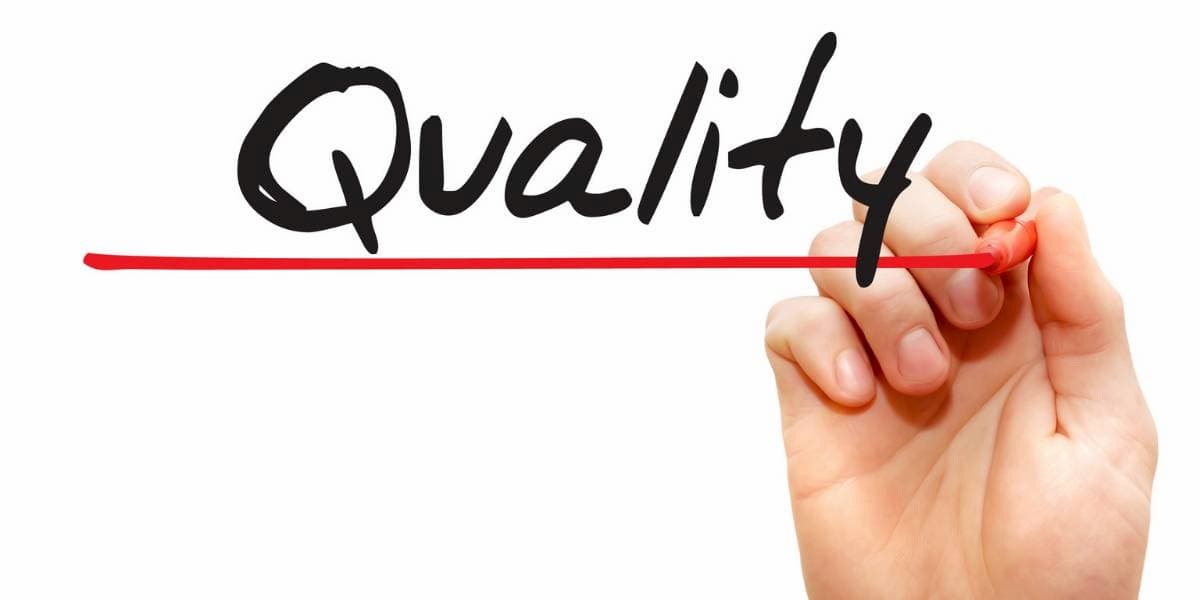July 17, 2019 06:18 PM
Despite overall therapy efficacy, many clients do not benefit, dropouts are a problem, and therapists vary significantly in success rates, are poor judges of client negative outcomes, and, along with their agencies, don’t have a clue about their effectiveness. Behavioral health organizations explore many quality improvement strategies to increase their effectiveness, but what really works? How do you know which strategies to add to your behavioral health quality assurance plan?

As much as transporting evidence-based practices (EBP) as a quality improvement strategy is a worthwhile endeavor, implementing the ever-increasing number of EBPs across diagnoses presents onerous challenges related to cost and staff turnover. But there is a cost-effective solution to these problems as well as a way to be evidence based across all clients.
A System for Routine Outcome Monitoring
The Partners for Change Outcomes Management System (PCOMS) is a routine outcome monitoring (ROM) system (also called systematic client feedback or measurement based care) that tracks client perceptions of progress and the therapeutic alliance throughout the course of therapy. It involves real-time comparisons of client views of outcome with an expected treatment response which serves as a yardstick for gauging client progress and signaling when change is not occurring as predicted. With this alert, clinicians, clients, and agencies have an opportunity to shift focus, re-visit goals, or alter interventions before deterioration or dropout. Eight randomized clinical trials (RCTs) demonstrate that PCOMS both increases effectiveness and improves efficiency. A 2018 meta-analysis by feedback pioneer, Michael Lambert, unequivocally demonstrates that PCOMS significantly improves outcomes:
In sum, aggregated findings from the nine studies indicate that the PCOMS rests on a growing empirical base that boosts confidence in its use as an ROM system. Practitioners can expect that PCOMS feedback will enhance client outcomes with an average effect size of .40. . . (pp. 532,534).
Zooming out from the individual therapy-client dyad to the organization, PCOMS offers a viable behavioral health quality assurance plan strategy that has been demonstrated in real world studies.
Backed by Real-World Proof
In investigations of ethnically and racially diverse adults and youth receiving services in public behavioral health settings that had implemented PCOMS as a quality improvement strategy, outcomes comparable to those reported in RCTs were achieved. In other words, PCOMS raised the effectiveness of services delivered to the impoverished and most in need to those attained in the controlled settings of RCTs of psychotherapy often conducted in university counseling centers.
Systematically collecting client-generated outcome data, now a requirement of the Joint Commission, COA, and CARF, allows agencies to be proactive and targeted in their quality assurance initiatives. Clients who are not benefiting can be monitored to ensure that no one falls through the cracks; different or additional services can be offered before drop out or negative outcome. From this information, different supervisory practices can be implemented to intervene quickly when clients are not benefiting and to identify staff training needs. Collecting and analyzing data permit a realistic look at the effectiveness of different programs, locations, or teams within an organization so that agency interventions can be targeted to the areas most in need. Analysis of clients who are not benefiting and the differential effectiveness of different programs can provide the impetus for new services that meet the needs of those not benefiting from existing services.
Measuring Behavioral Health Quality Assurance Plan Initiatives
Better Outcomes Now (BON), the web application of PCOMS, created by the developer of PCOMS, is designed to measure behavioral health quality assurance plan initiatives at all levels of service delivery within an organization. BON reports outcomes at the individual provider, supervisor, program, and agency levels as well as any other variable or period of time of interest. BON automatically provides an ongoing account of the most recently closed cases against the total closed cases so that agency improvement can be monitored at a glance, as can be seen below.

This agency has seen a substantial increase in effectiveness as evidenced by the increase in effect size, percent of clients reaching the expected change, and the percent of clients achieving reliable or clinically significant change. Imagine what BON could do for your quality improvement initiatives.






.png)


.png)